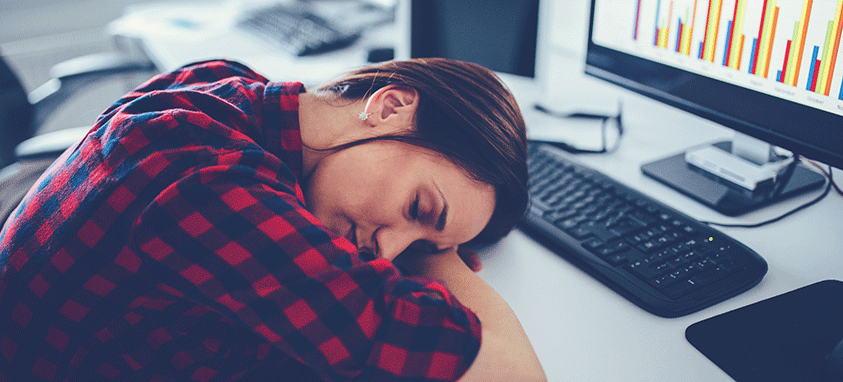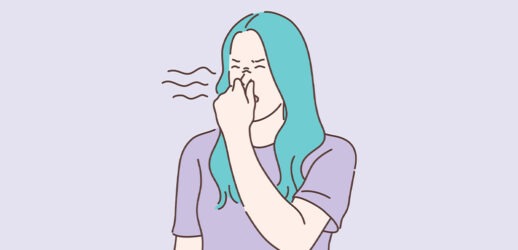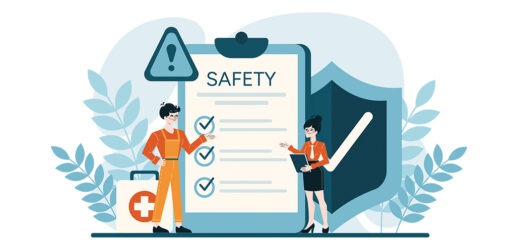6 easy ways to stay on top of your game all day
In the gung-ho world of American business, we scoff at siestas. But that Latin tradition is an important one, according to many medical experts, because our bodies have evolved to crave afternoon naps.
“A major reason for this is that human beings are biphasic,” says Dr. Fiona Kerr, a neuro specialist at University of Adelaide in Australia. She recently explained to The Telegraph in the United Kingdom that we are physically designed for two sleeps a day, with two major bodily rhythms—homeostatic sleep drive and circadian arousal—which pull us in different directions in terms of staying awake or sleeping. “But they fascinatingly align in the middle of the day to create a ‘nap zone,’’’ she says.
Michael J. Breus, author of Beauty Sleep, likens midday sleepiness to the drowsiness you feel before bedtime. “It has to do with a dip in your core body temperature,” Breus says. “Right before you go to sleep at night, your core temperature begins to drop, which is a signal to the brain to release melatonin. The exact same thing happens on a smaller scale in the afternoon.”
Thus, the dreaded 2:30 p.m. slump, when the mind wanders, memory falters and you lose your edge. Maybe your mood even goes south.
You aren’t alone, of course. Witness the daily huddle of zombie-eyed co-workers around the coffee machine at that hour. Caffeine is the perk-me-up of choice for many of us, yet it can fade all too quickly.
Yes, a 15-minute siesta can work wonders—companies as diverse as Google, Zappos and even buttoned-down PwC have nap pods or nap rooms—but even more necessary is a decent night’s sleep. Healthy sleep is “vital for learning and memory, and lack of sleep impacts our health, safety and longevity,” says the Division of Sleep Medicine at Harvard Medical School. Need we say more?
As they say in disclaimers for prescription drugs, responses may vary. But for those days when early afternoon looms like a gigantic sink hole, here are six workarounds.
Move!
Optimally, do your regular workout at midday—light aerobics are best. Or take a brisk 10-minute walk—or how about at least a walking meeting? Another good option is in-office exercises (such as stair-climbing, leg lifts under the desk and buttocks squeezes) to get the blood flowing faster.
De-stress!
As events of the day pile up, they pull you away from the big items on your checklist, which trigger stress. There goes motivation and energy. Andy Core, author of Change Your Day, Not Your Life, says staying energized by winning back control over your day is key, and offers a host of strategies.
Splash!
There’s nothing like a little cold water on the face to feel renewed. While you’re at it, drink some—dehydration can induce drowsiness.
Schedule!
Another worthwhile strategy for getting yourself up and out—and feeling rejuvenated—is to schedule an appointment away from the office for early afternoon.
Eat right!
At both breakfast and lunch, be sure to mix protein with carbs—which are best from fruit or veggies, not grains—and a modest dose of healthy fat (avocado, nuts or seeds, for example). This combination optimizes a smooth burn of energy, and avoids peaks and valleys. “Diet is key for maintaining your energy levels,” agrees Dr. Joseph Mercola, a natural-health expert, who blames the energy drop on “post-lunch hypoglycemia.” This occurs when your metabolism has used up your ready energy from a recent meal but has not switched over to burning body fat.
Drink!
Speaking of drink, Dr. Andrew Weill suggests an energizing green tonic, a hybrid of a juice and a smoothie. In a blender, puree with two cups of cold water:
1 small cucumber, peeled and cut into chunks
1 stalk of celery, cut into chunks
1 green apple, peeled, cored and cut into chunks
1 cup of loosely packed baby spinach
4 romaine lettuce leaves, torn into pieces
1 tablespoon of lemon juice
1 teaspoon of finely chopped peeled ginger
1 pinch of sea salt
If you want, strain the mixture through a fine-mesh sieve; then serve chilled or over ice.





